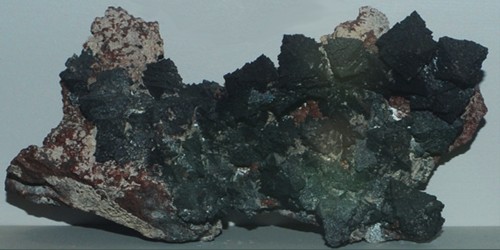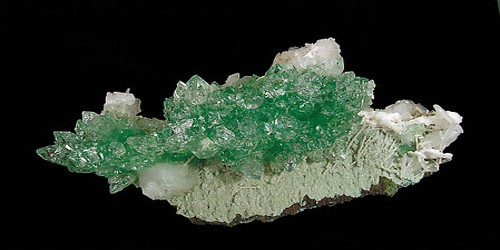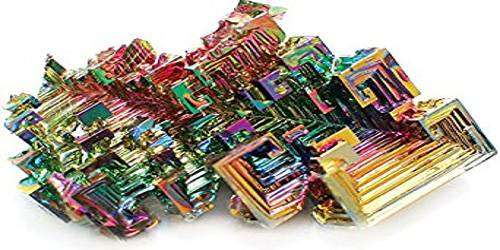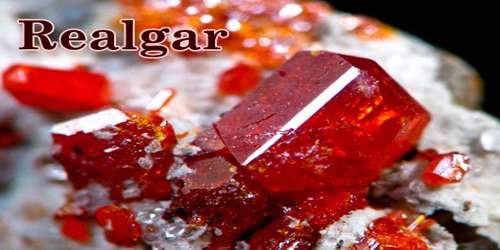Hausmannite is a complex oxide of manganese-containing both di- and tri-valent manganese. The formula can be represented as Mn2+ Mn3+2O4. It is an opaque mineral consisting of manganese tetroxide found commonly in brownish black tetragonal crystals. It is a dark mineral composed of manganese tetroxide, sometimes used as an ore of manganese
Wilhelm Haidinger (1827) named it in honor of Johann Friedrich Ludwig Hausmann (1782–1859), Professor of Mineralogy, University of Göttingen, Germany.
General Information
- Category: Oxide mineral
- Formula: Mn2+ Mn3+2O4
- Crystal system: Tetragonal
- Crystal class: Ditetragonal dipyramidal (4/mmm)
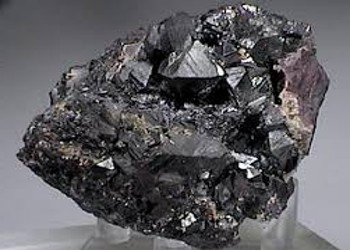
Fig: Hausmannite
Properties
Hausmannite is a brown to a black metallic mineral with the Mohs hardness of 5.5 and a specific gravity of 4.8. It can have a bright metallic luster and form well-shaped crystals. It belongs to the spinel group and forms tetragonal crystals.
- Formula mass: 228.81 g/mol
- Color: Brownish black, grayish.
- Twinning: Repeated twins on {112}
- Fracture: Uneven – flat surfaces (not cleavage) fractured in an uneven pattern.
- Tenacity: Brittle
- Mohs scale hardness: 5.5
- Luster: Submetallic
- Streak: Dark reddish brown
- Diaphaneity: Opaque, transparent on thin edges
- Specific gravity: 4.7 – 4.84, average = 4.76
- Optical properties: Uniaxial (-)
Occurrence: A primary mineral in hydrothermal veins. Also produced by metamorphism of manganiferous rocks.
The type locality is Oehrenstock (Öhrenstock), Ilmenau, Thuringian Forest, Thuringia, Germany, where it was first described in 1813. Locations include Batesville, Arkansas, US; Ilfeld, Germany; Langban, Sweden; and the Ural Mountains, Russia. High-quality samples have been found in South Africa and Namibia where it is associated with other manganese oxides, pyrolusite and psilomelane and the iron-manganese mineral bixbyite.
Association: Rhodochrosite, pyrolusite, jacobsite, braunite, andradite, barite
Information Source:
